Right from its beginnings, Liberty fabrics has always been about colour. When you think of Liberty you think of a brand that is known for its quality and for its quintessentially British charm. Thus began the evolution of the distinctive, floriferous prints with which The Liberty name remains synonymous with its distinctive florals more than a century after its birth, used to adorn everything from curtains and skirts to spectacle cases, egg cosies, Roberts radios and pocket diaries. Liberty has collaborated huge names in fashion and interior design such with Vivienne Westwood, House of Hackney, Nike and Barbour—the latter resulted in a wax jacket trimmed with a Liberty version of William Morris’s Strawberry Thief fabric of the 1880s.
Arthur Liberty began his career as an apprentice for a draper before joining the Farmer & Roger’s Great Shawl and Cloak Emporium. His flair for fashion, finery and retail became clear and with a £2000 pound investment from his future father in law, in 1875 Liberty opened the East India House where he solely sold east Asian homewares and fabrics. Within 2 years the loan was repaid and Liberties of London was becoming a must-shop spot for wealthy and fashionable Victorians
Sir Arthur Liberty described 1800’s ‘the British dressmaker’ as ‘deadly opposed’ to soft fabrics, and set about to change this. Liberty began by importing fabrics from India, but as demand grew he began to purchase the silk undyed to be printed in the UK first in the bold block colours found in the oriental rugs before moving to hand block printed “art fabrics” some of which featured paisleys that we still associate with the Liberty name today.
Arthur Liberty’s business grew and became an influential part of both the arts and crafts movement and art nouveau, bringing more and more customers to Liberties. A new building was commissioned in a mock Tudor style on Great Marlborough Street and though Arthur Liberty died before he ever saw the building completed, Liberties of London still trades from this department store today. It was in the new building that the British consumer fast fell in love with Tana Lawn and its silk-like drape and ability to hold the intense colours that Liberty is famous for. Named after Lake Tana in Ethiopia where the cotton used to produced it originated, at around the same time, the classic small floral ‘Liberty prints’ began to be produced.
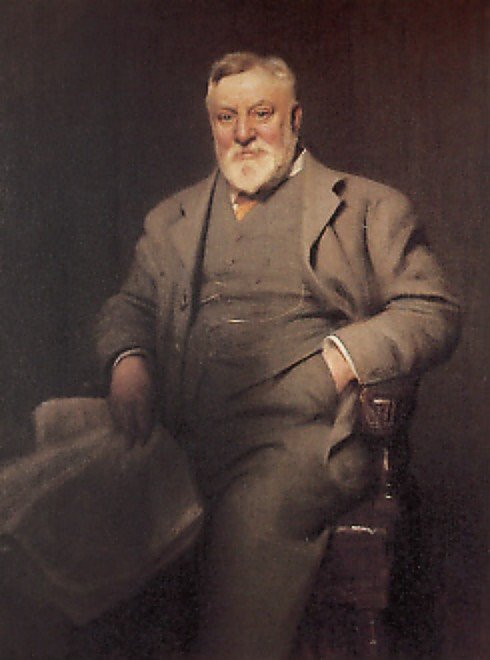
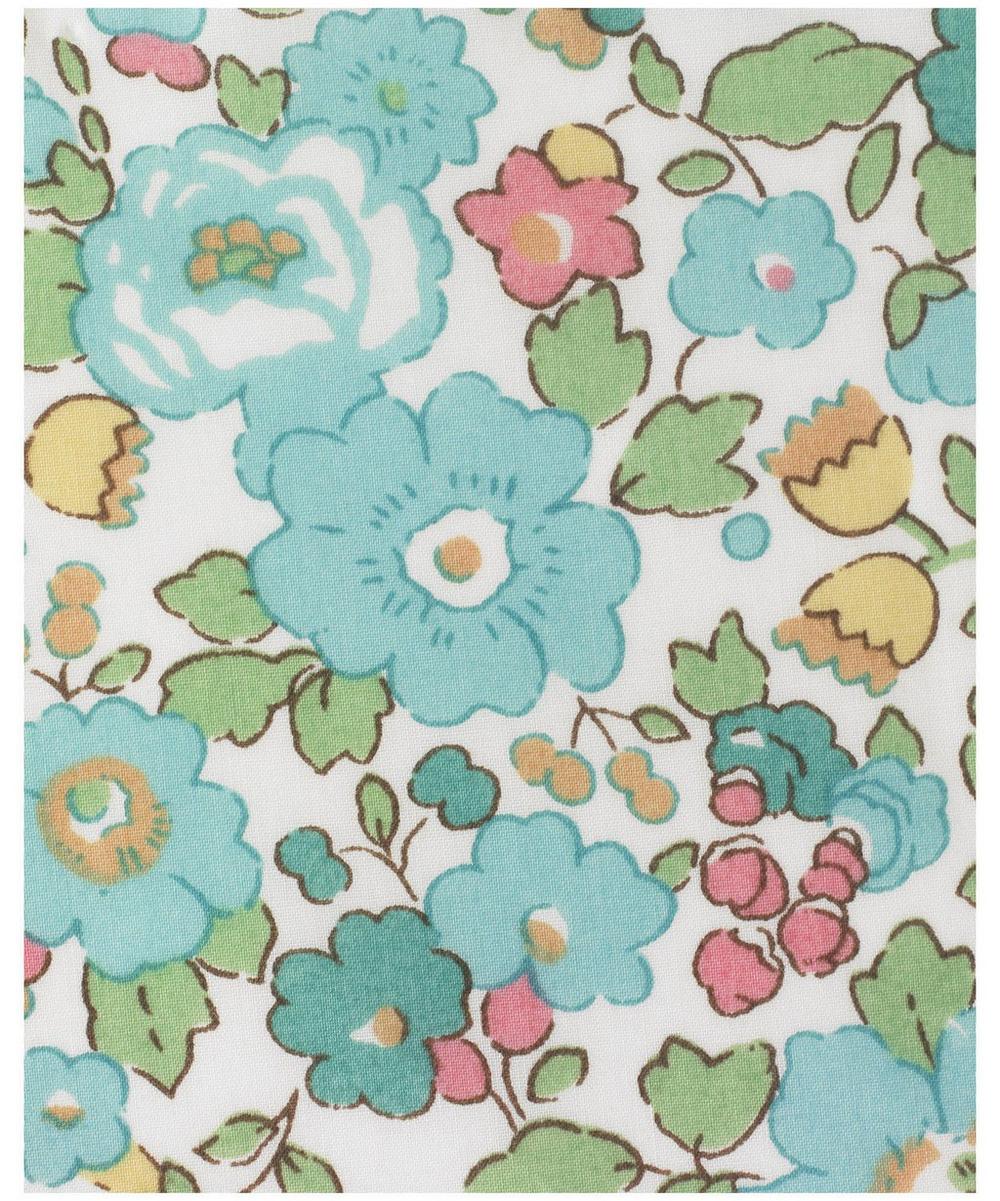
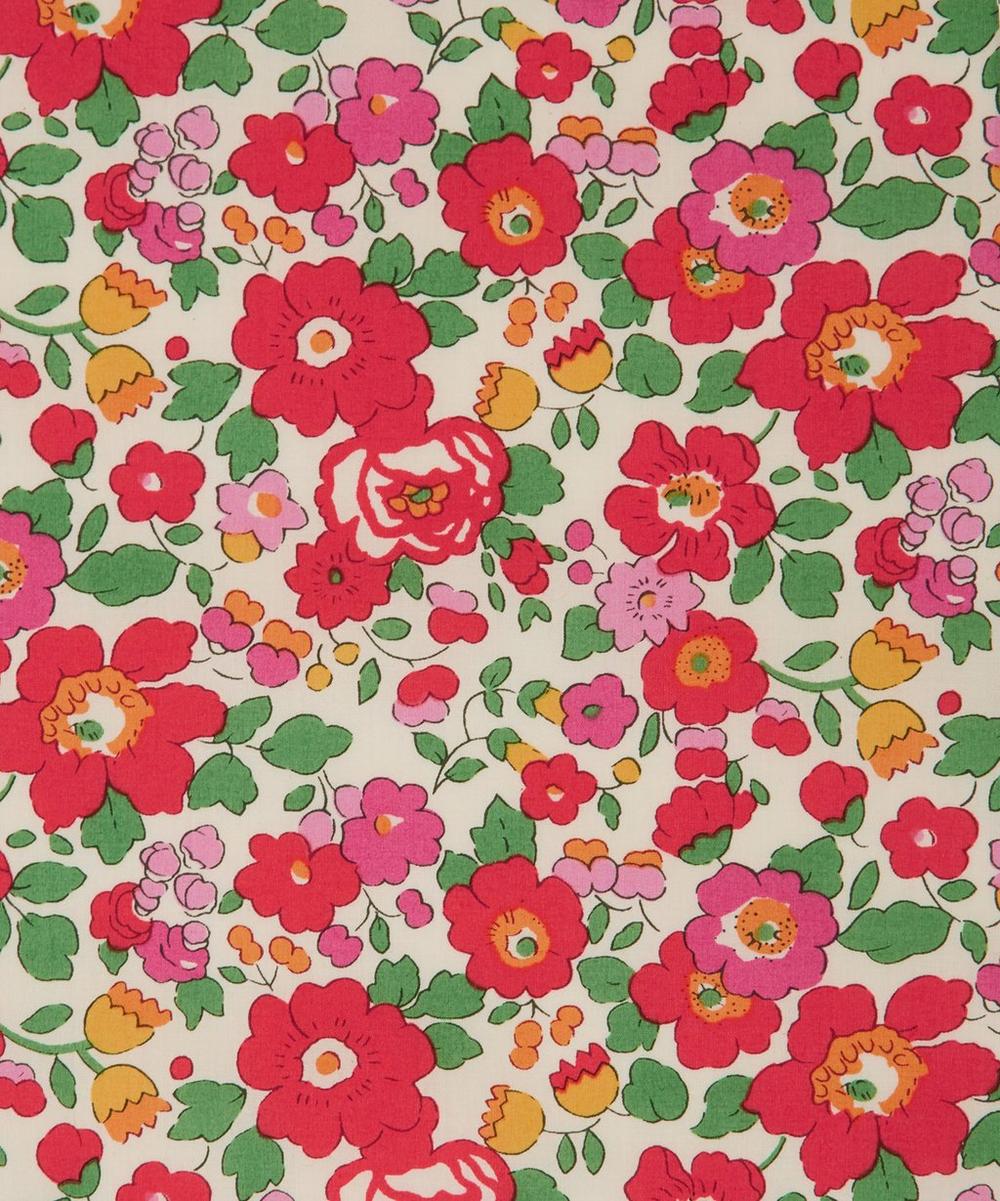
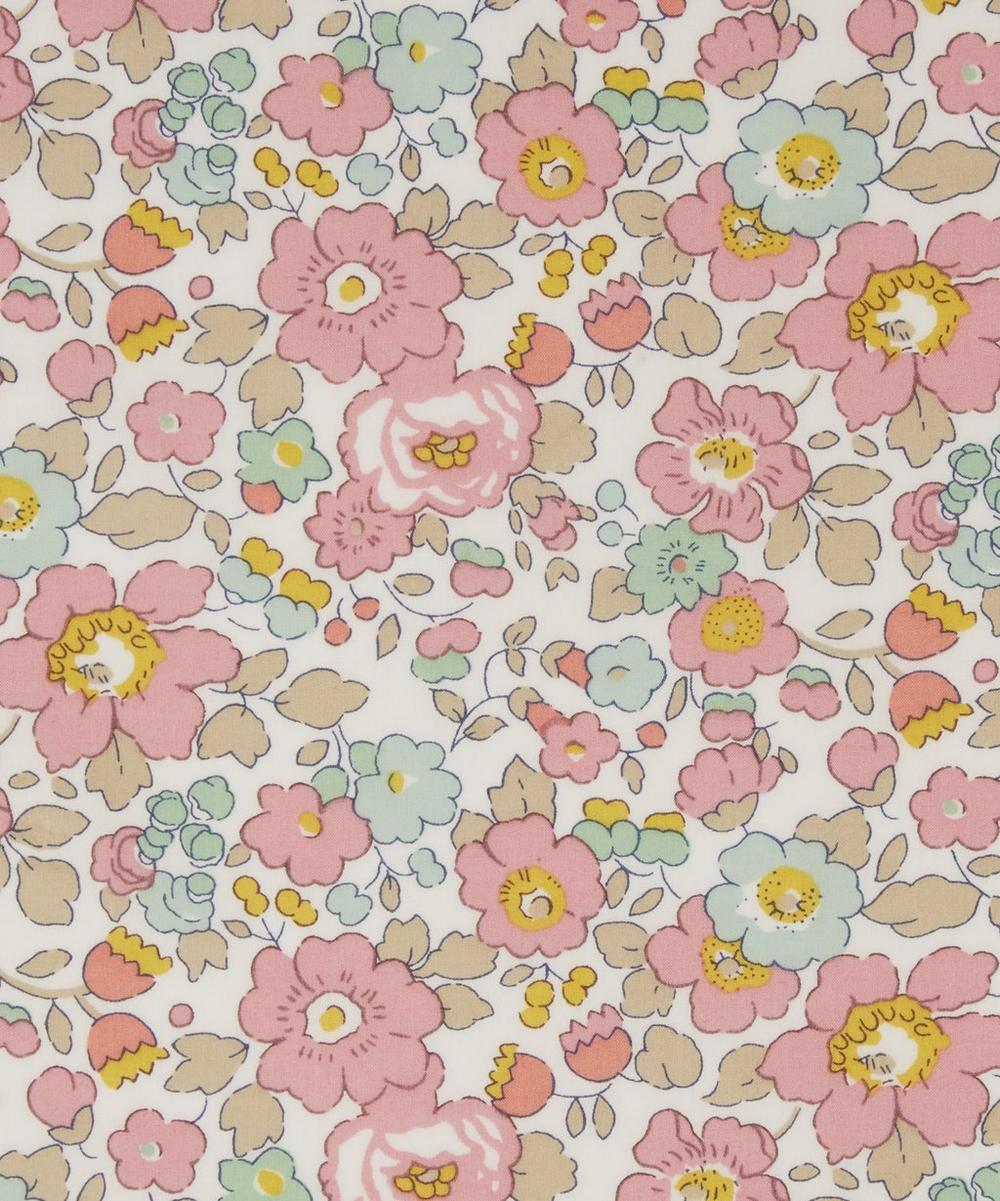
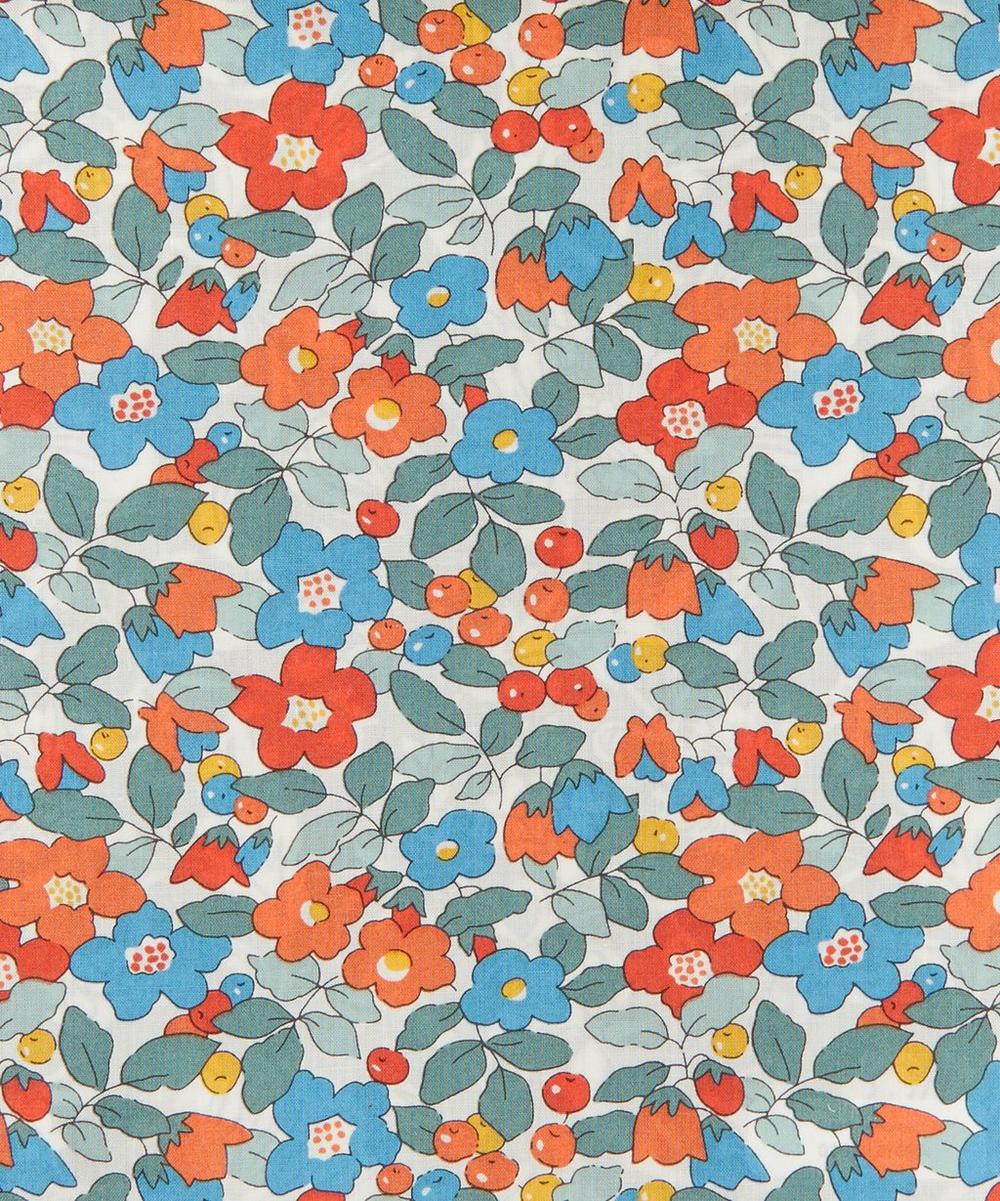
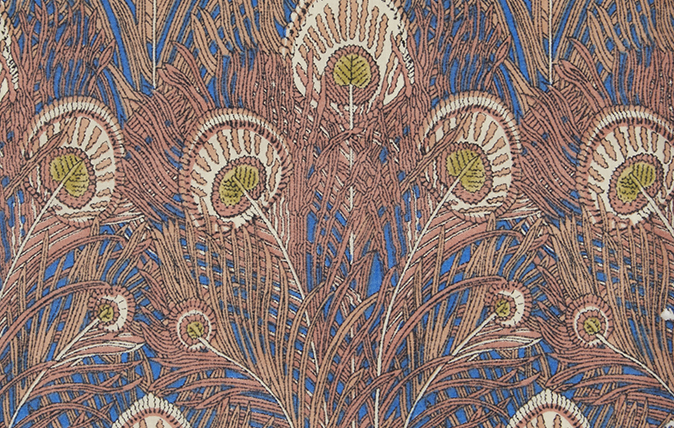
Hera
Among the oldest designs is Hera, named after the Greek goddess associated with peacocks—the bird’s feathers were a fashionable Aesthetic Movement motif during the last quarter of the 19th century. New colourways preserve its freshness.
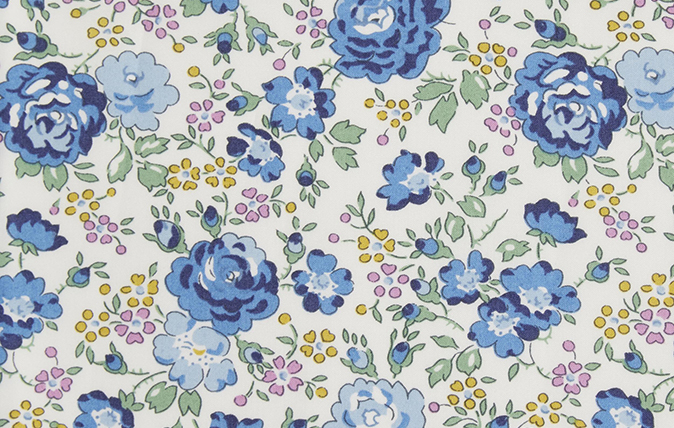
Felicite
A designer identified only by his or her initials, D. S. created the Tana Lawn rose-trail pattern currently called Felicite in 1933. It returned to production in 2001.
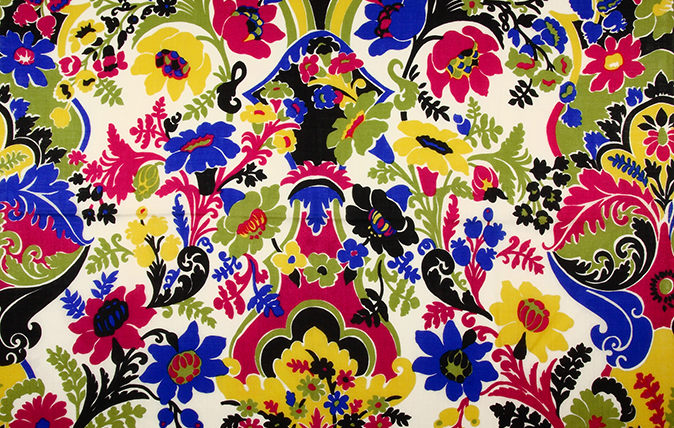
Bengal
Bengal, designed by Bernard Nevill in 1969, revisited the Oriental roots of Liberty style in a zesty, updated palette.
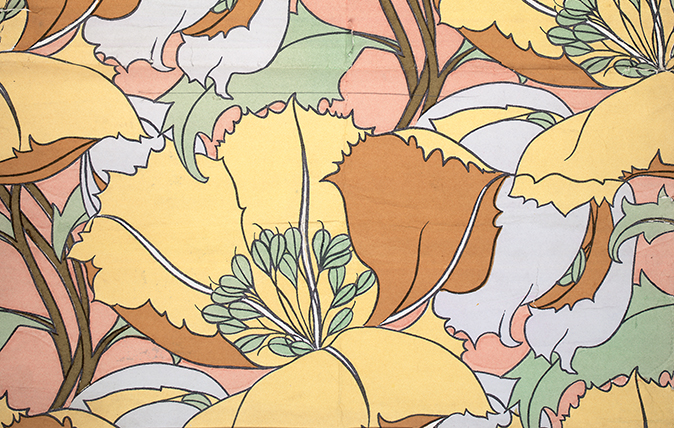
Eustacia
In 1960, Liberty released Eustacia, a large-scale Art Nouveau-style flower pattern with its origin in North African fretwork, as part of its Lotus Collection. More than half a century later, the print is still high impact and high octane.
A Royal Favourite
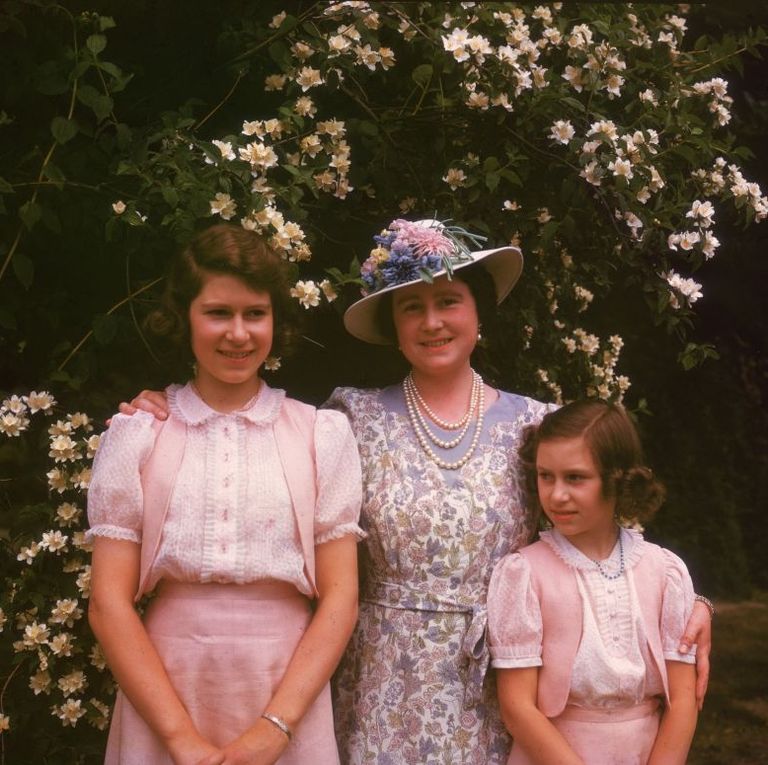
The Queen clearly got her love of Liberty from her mama. Here, Queen Elizabeth stands with her two daughters, then-Princess Elizabeth and Princess Margaret by a syringa bush on the grounds of Windsor Castle. The future Queen Mother accessorized her printed dress with a statement hat and triple strand of pearls.
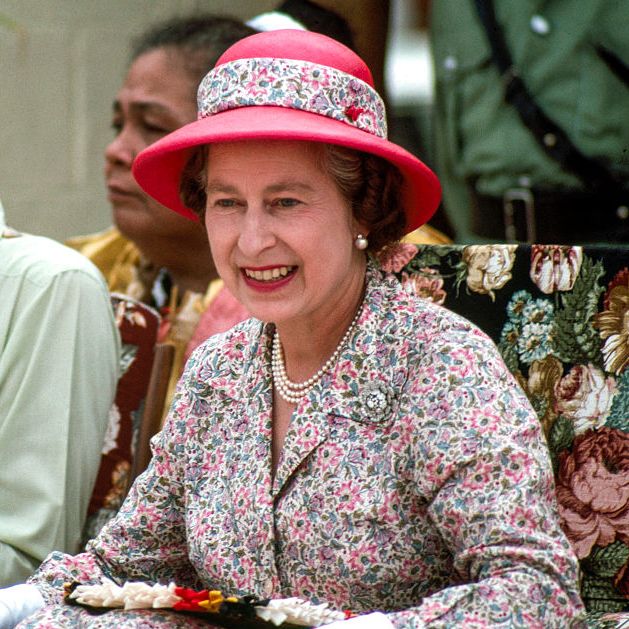
While on an official visit to Tuvalu (the least visited country in the world), the Queen matched her liberty print dress to the printed band of her hat.
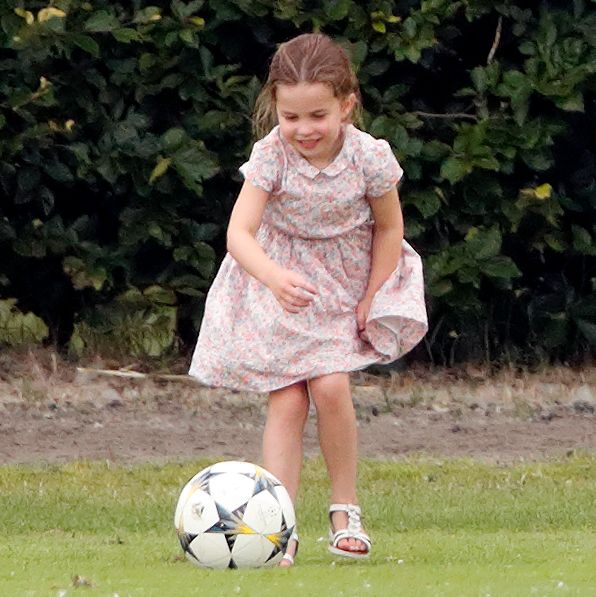
Princess Charlotte is often pictured in Liberty and not only when making official appearances. Here she is in my favourite picture of the little royal kicking around a football wearing a printed dress.
Collaborations
Ever since Liberty was founded, the iconic store has worked with the best talents of the day.
For more than a century, these collaborations have shown that the store is at the cutting edge of fashion and design, and has raised Liberty head and shoulders above its rivals in terms of creativity and originality.
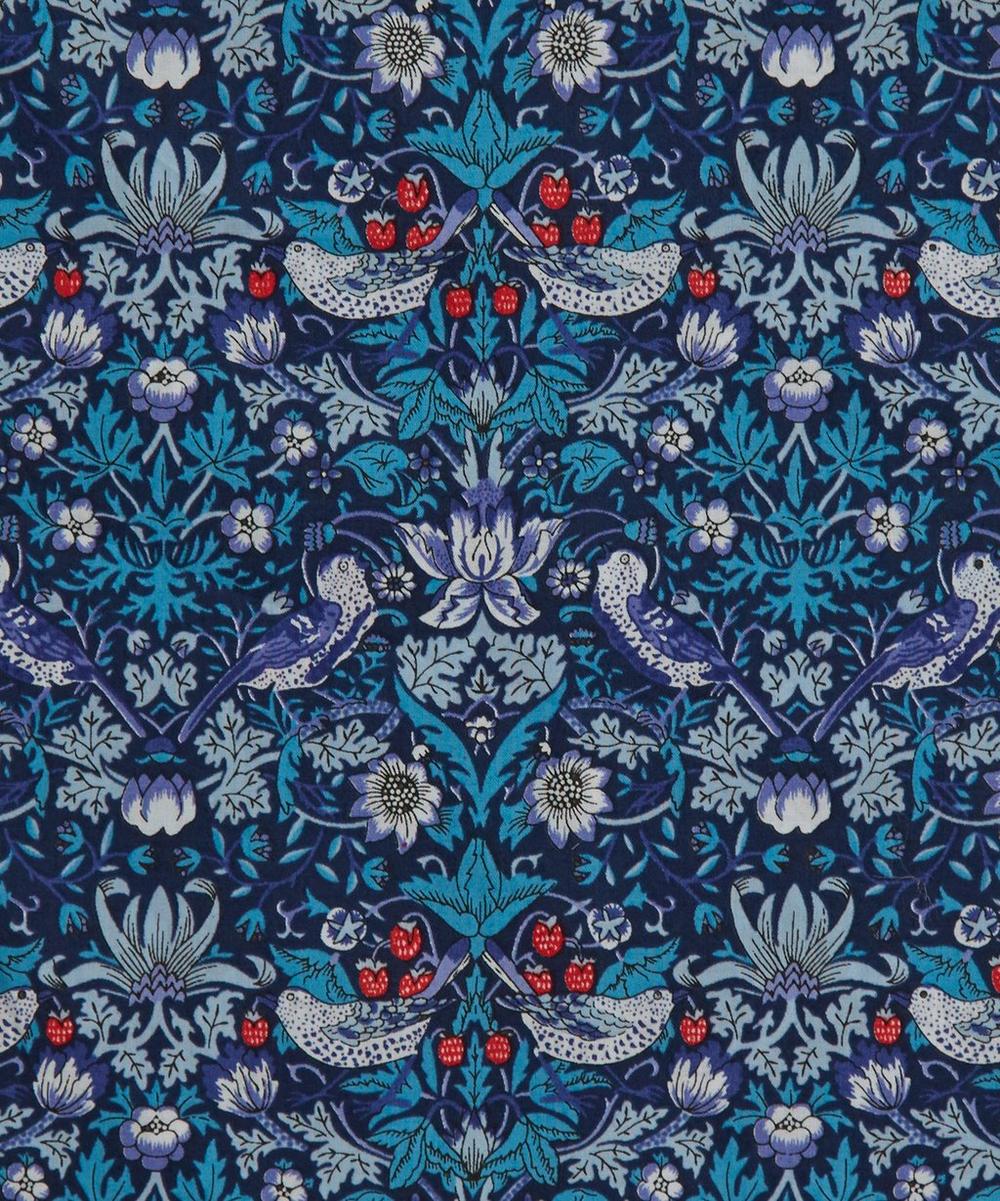
Strawberry Thief was designed by William Morris in 1883. It was part of a group of designs incorporating animals with flowers.
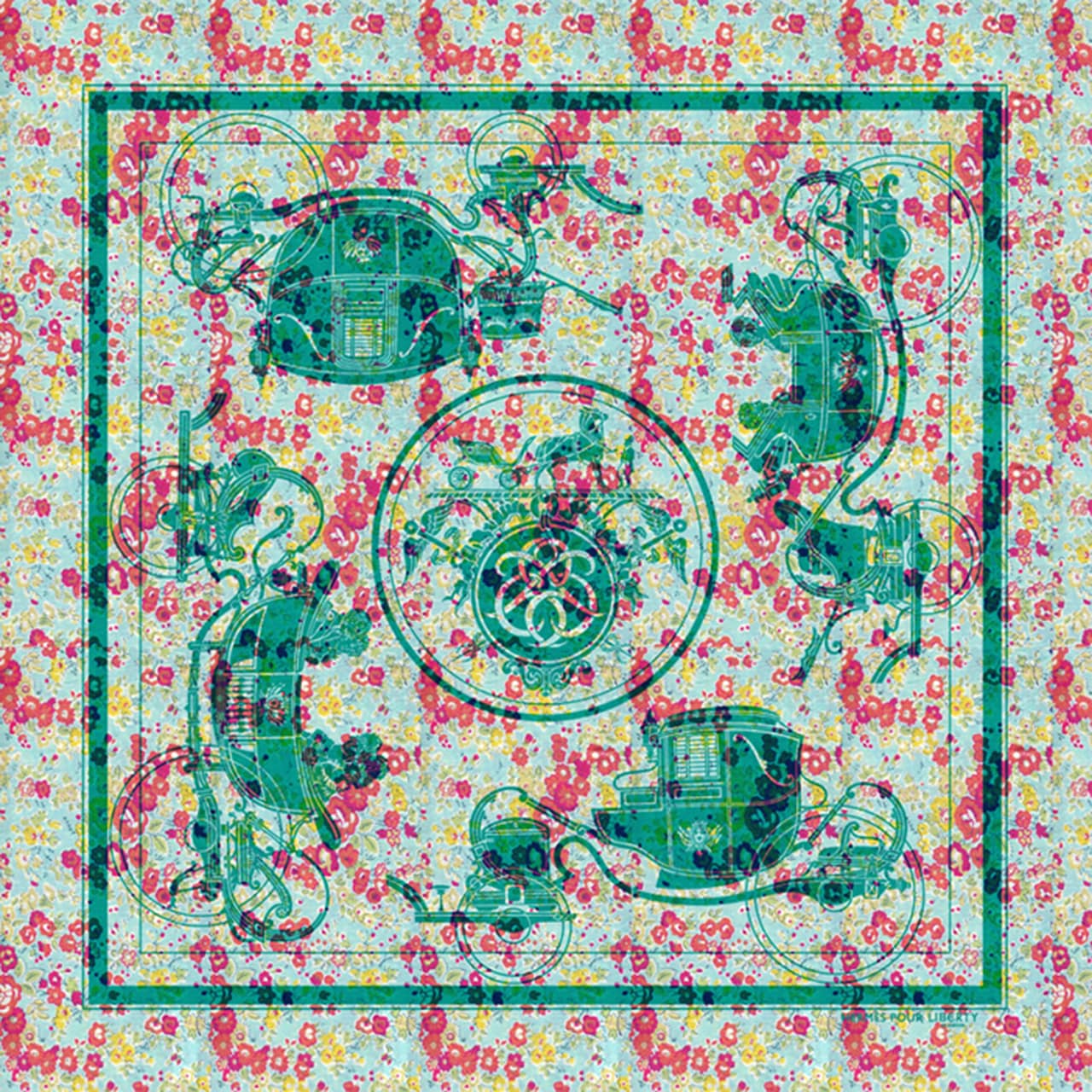
Hermès collaborated with another brand. Designed by Hermès’ creative director of silks, Bali Barrett, the scarves featured the Liberty print Tana Lawn and the Hermès calèche print.
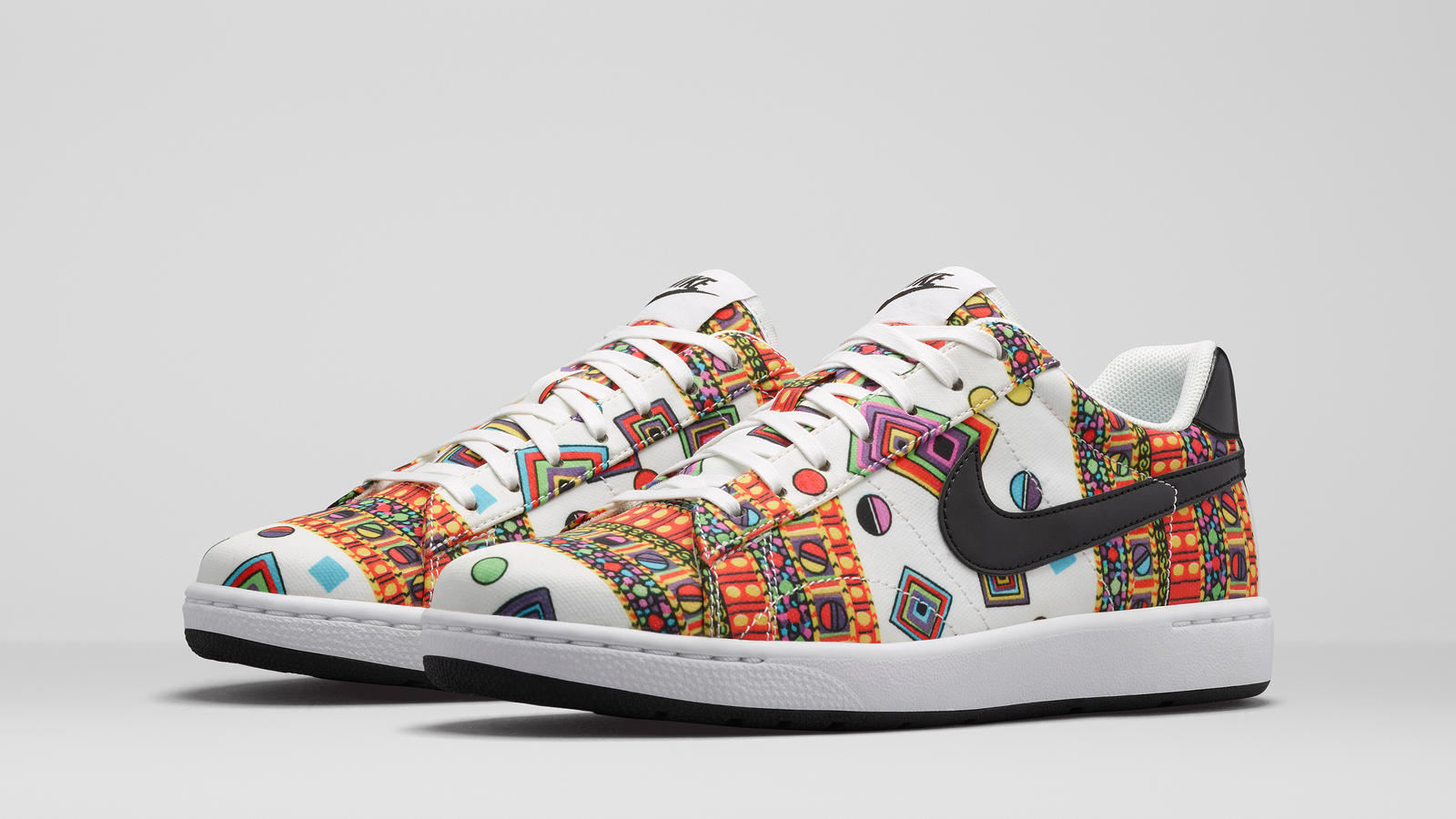
Nike and Liberty take a trip back to the 1970s with their new collection for summer 2015. The collection features the rarely seen Merlin print, originally designed by Liberty for a silk scarf back in 1972.
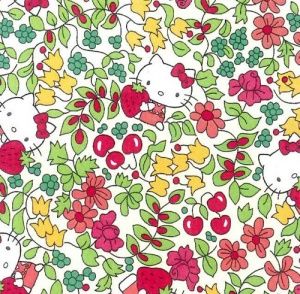
World-famous fabric house Liberty paired up with cult brand Hello Kitty creators Sanrio to create a range of unique fabrics.
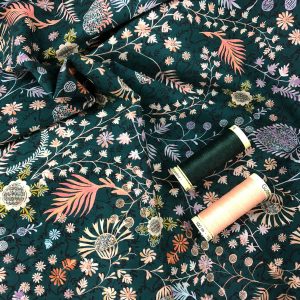
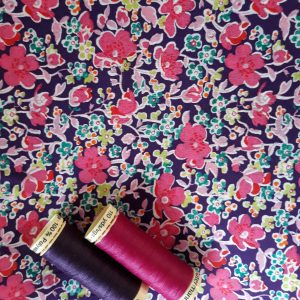
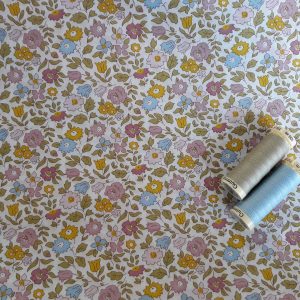
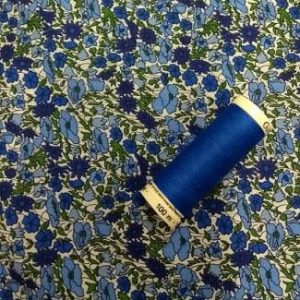
To browse our full collection of liberty click here.
